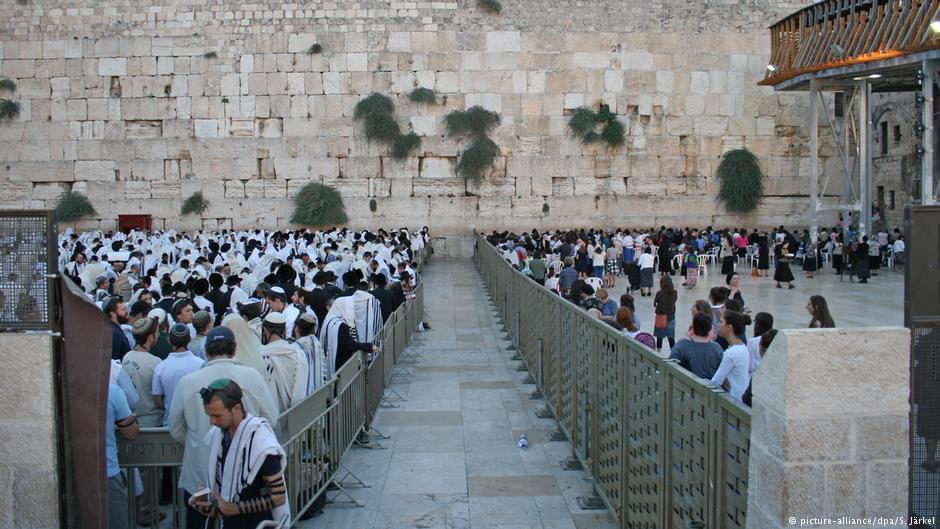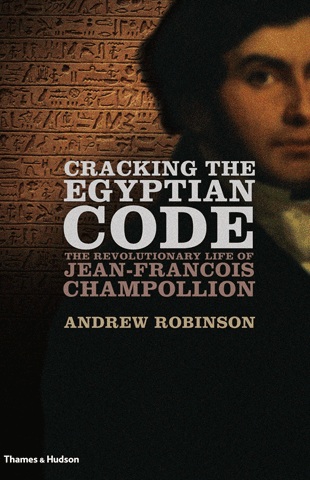The mummified remains of a wealthy ancient Egyptian “golden boy” from 2,300 years ago was “digitally unwrapped” by scientists, who discovered 49 amulets of 21 different varieties on him. The boy, who is said to have been 14 or 15 at the time of his death and stood about 4 feet 2 inches tall, is thought to have passed away naturally.
The ancient Egyptians thought there was an afterlife, but admission was not assured. Before a final judgement, people had to make a dangerous journey through the underworld, with friends and family doing everything in their power to make sure their loved one arrived at a joyful place.
The mummy was discovered in 1916 in Nag el-Hasay, southern Egypt, at a cemetery occupied between around 332 and 30 BCE. CT scans were utilised by Egyptian researchers to find the amulets. Frontiers in Medicine, a journal, published the study.
“Here we reveal that this mummy’s body was extensively decorated with 49 amulets, elegantly styled in a unique arrangement of three columns between the folds of the wrappings, and inside the mummy’s body cavity,” said Sahar Saleem, the study’s lead author and a professor at Cairo University.
The placenta, the scarab, the akhet amulet of the horizon, the Eye of Horus, and other symbols are among them.
Many were fashioned of gold, while others were created from burned clay, semi-precious stones, or faience. They served to preserve the body and maintain its health after death.
The mummy was placed in an inner wooden sarcophagus and an exterior casket with a Greek inscription.
The young man was dressed in a pair of sandals, a pectoral cartonnage that covered the front of his torso, and a gold-plated head mask. The Book of the Dead, an ancient Egyptian funeral literature, states that the corpse must wear white sandals and be devout and clean before reciting its passages, therefore it seems likely that the sandals were intended to allow him to exit the coffin.
Because the ancient Egyptians thought flowers and plants had sacred and symbolic connotations, ferns were wrapped around the mummy’s exterior, and the amulets are evidence of a variety of ancient Egyptian beliefs.
An Isis Knot invoked the goddess’ power to safeguard the body, a right-angle amulet was intended to bring balance and levelling, and double falcon and ostrich plumes symbolised the duality of spiritual and material life. A golden tongue leaf was placed inside his mouth to ensure that he could speak in the afterlife.
The golden scarab beetle, which was employed to silence the heart on the Day of Judgment so it wouldn’t testify against the Dead, was discovered inside the chest cavity. As a backup in case the body’s heart were ever removed during mummification, it was inserted into the torso.



